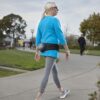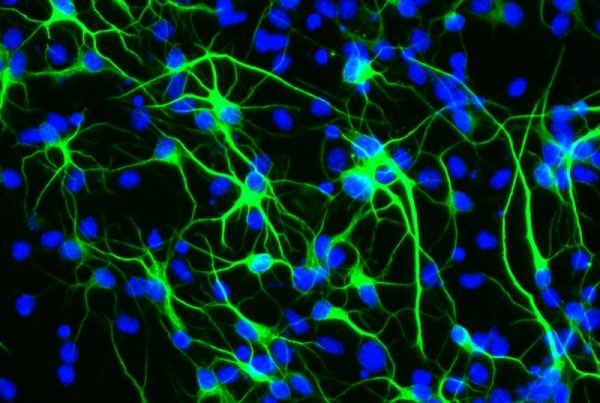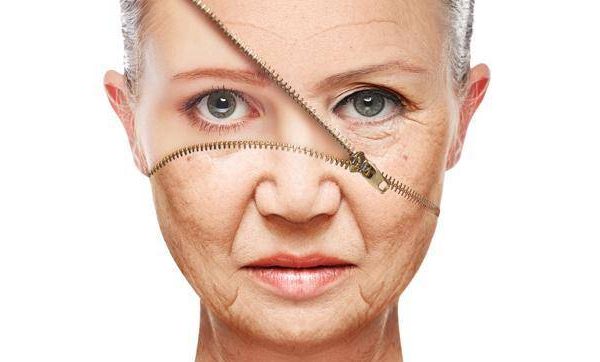There’s new hope for people with declining or impaired brain function, dementia, and cognitive decline, thanks to a new novel, non-invasive treatment called Vagal Nerve Stimulation (VNS). This medically administered therapy boosts neuroplasticity, the brain’s ability to reorganise and heal itself. Specialist neuropsychologist Digby Ormond-Brown explains how to repair the brain, build neuroplasticity, and achieve longevity.
Cognitive decline, dementia, and neuroplasticity
The ground-breaking introduction of a non-invasive method for administering an advanced therapy known as Vagal Nerve Stimulation (VNS) is part of the comprehensive toolbox that Digby Ormond-Brown, principal neuropsychologist of the multidisciplinary team at the Netcare Rehabilitation Hospital, incorporates in the treatment of patients with dementia and cognitive decline, among other conditions.
Reorganizing the brain
Ormond-Brown stresses that there is no surgery involved. In a nutshell, he programs a device specifically for the patient’s condition, which sends out a very gentle stimulation to the brain via the branch of the vagus nerve in the ear.
“This results in a boost to neuroplasticity, which is the critical ability of the brain to reorganise itself. Neuroplasticity happens all the time for everyone. It’s a core function, and without it, we would die. The brain is a shapeshifter, and whether you are learning a new language or figuring out the latest gadget, your brain is constantly reshaping itself,” he says.
“But when the brain faces a setback, such as after a stroke or traumatic brain injury, the marvel of neuroplasticity becomes even more impressive. This is when the brain can reassign functions from damaged areas to healthier regions — a phenomenon that underpins much of modern rehabilitation.”
“VNS promotes neuroplasticity, enhancing the brain’s capacity to rewire itself during recovery. In simple terms, VNS gives your brain a helpful nudge, boosting its natural healing processes. The great thing is there are no significant side effects to the treatment.”
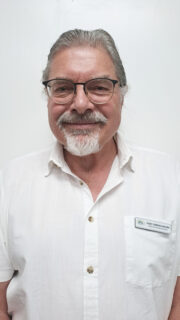 He explains that VNS has been scientifically proven through rigorous clinical trials to enhance limb rehabilitation after strokes. In addition, in appropriate cases, individuals with epilepsy, depression, high anxiety, post-traumatic stress disorder, and other neurological conditions, and those with post-COVID-19 brain fog could also be candidates for VNS. He explains that for stroke patients, VNS done in conjunction with other treatments, like physiotherapy, can enhance the benefits of these treatments too.
He explains that VNS has been scientifically proven through rigorous clinical trials to enhance limb rehabilitation after strokes. In addition, in appropriate cases, individuals with epilepsy, depression, high anxiety, post-traumatic stress disorder, and other neurological conditions, and those with post-COVID-19 brain fog could also be candidates for VNS. He explains that for stroke patients, VNS done in conjunction with other treatments, like physiotherapy, can enhance the benefits of these treatments too.
Early detection and support are key to better outcomes
Ormond-Brown emphasizes the importance of seeking help early for those concerned about age-related memory decline. “Otherwise, by the time your general practitioner has diagnosed you, it is almost starting to get too late. The sooner we can begin helping you, the better.”
Research has shown the benefits of VNS on memory – spatial, recognition, and verbal memory – and some aspects of concentration, in healthy individuals. Also, in cases of mild cognitive impairment or early-stage Alzheimer’s disease, some studies show a marked improvement in certain patients.
Ormond-Brown has developed a non-surgical method of administering this treatment to benefit those with a large range of different brain-related conditions and injuries. VNS is administered via a very safe, reliable, portable device that patients use daily at home.
Study supports therapy protocol
Ormond-Brown quotes a study on patients diagnosed with mild cognitive impairment aged between 55 and 75 years, which showed a noticeable improvement in a group that received VNS, compared to a group that did not. “That’s a significant finding because the discovery of an increase in performance goes against what would normally happen. It is usually a slippery downhill slope, and over time, the cognitive impairment would usually worsen.”
The researchers also found that sleep was much better in the group that received VNS. “Sleep fragmentation is one of the significant challenges in Alzheimer’s disease, and this is problematic because the consolidation of information that should happen in memory cannot take place. In addition, the natural ‘cleaning out’ process, which rids the brain of unwanted debris, like proteins implicated in Alzheimer’s disease, that needs to take place each night, does not occur,” he explains.
How will I know if I need to seek help for cognitive decline?
Ormond-Brown says it is likely your family will begin to notice small changes before you do. “You may start repeating yourself when speaking to those around you, unaware that you have told them the same thing just the day before. While occasional forgetfulness is normal, if a family notices these changes more consistently, they should seek help immediately.”
Ormond-Brown explains why time is of the essence in diagnosing cognitive decline: “We can do very detailed memory and cognitive function tests and then, instead of just comparing you to the average, as time progresses, we can test you again, comparing your results to what they were previously. Comparisons with the population standard are not usually helpful. For instance, high functioning people can lose a significant percentage of cognitive ability and still be above average.”
Likewise, with low functioning, it is the change in functioning that is clinically important, not their ranking relative to the population average. If we compare you to your own previous results, we can see if there is deterioration or progression. This provides the opportunity to intervene earlier for the best outcomes possible.”
The duration of VNS treatment depends on the condition, typically 30 minutes a day, but sometimes up to six hours a day for those with epilepsy. “Daily treatment is essential, whether the person is at home or in the hospital.” The device is about the size of a cellphone and comes with a clip, allowing the person to move around while using it. “The treatment program is flexible to the extent that you don’t have to rigidly do the treatment at the same time each day. In fact, if you randomise the delivery of the stimuli, it is more effective,” says Ormond-Brown.
Every patient is different
Ormond-Brown works with a multidisciplinary team at Netcare Rehabilitation Hospital, which includes medical practitioners, nurses, physiotherapists, occupational therapists, speech therapists, a prosthetist and orthotist, a dietitian, social workers, and other psychologists who work closely together to craft individualized care plans for their patients.
“Every patient is different. We take into consideration their unique needs and circumstances and help them compassionately, in a manner that respects their dignity.”
While VNS is just one of the many tools in Neuroharmonics, a brain health program developed by Ormond-Brown, other features include sleep hygiene, nutrition, exercise, emotional well-being, cognitive stimulation, and social interaction.
“It is a confluence of ideas that are already being practiced, and it embraces many little things which, with a cumulative effect, make a fundamental difference to how your brain is working. While most of these principles apply to all patients, we always tailor the program to the needs, diagnosis, and circumstances of each patient with specific interventions for each person,” says Ormond-Brown.
“We don’t force the brain to heal. We create the right conditions – biological, emotional, cognitive, and social – and the brain does what complex systems do; it self-organizes. We are there to support the patient and help them have hope,” he concludes.
The six pillars of Neuroharmonics
1. Sleep – restorative rest
Ormond-Brown explains that brain health relies on certain natural processes taking place during slow-wave sleep. When we reach that state of sleep, protein fragments and unwanted waste products, like inflammatory products that accumulate in the brain, are effectively cleared away.
“Another important thing that happens during sleep is the consolidation of information and shifting it from short-term memory to long-term memory. While many people say they battle to sleep well, the good news is that there is so much we can do to help. We offer enhanced sleep hygiene,” he adds.
2. Nutrition – eat to heal your brain
Ormond-Brown quotes research that shows that neuroinflammation can be transferred from your gut to your brain. “It is one of the primary things that drives and perpetuates pathology in a range of conditions, particularly Alzheimer’s disease.
“Many people don’t know that traumatic brain injuries, including strokes, cause an imbalance in the microorganisms that live in and on the human body, particularly in the gut. This new information opens up many different possible interventions. For example, in Parkinson’s disease, using gut-brain interventions has brought about a significant reduction in symptoms, particularly tremor and slowness of movement. We help patients choose the right foods to help their brains heal.”
3. Exercise – why walk when you can dance?
“Exercise is important for brain health, but some exercises are definitely better than others. Walking or jogging on a treadmill, for instance, does not really do much for your brain, because it is boring.
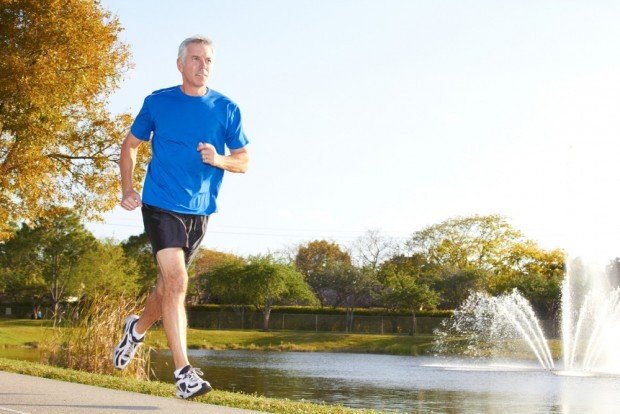
Matthew Ennis/Shutterstock
So, if you do something interesting that really makes you think, like dancing, it makes a difference to your brain. We’ve even seen a reversal in brain atrophy in some areas of the brain with this approach.”
4. Emotional wellbeing is vital for healing
“No one ever really recovers unless we pay attention to where they are at emotionally. Helping people out of a negative headspace is one of the most important things we can do in their overall treatment, and VNS can really help in this regard.”
5. Cognitive stimulation – it’s not always what you think it is
Not all types of brain activity are effective in a rehabilitative context, despite what many people believe. Ormond-Brown explains that doing sudoku, crosswords, word searches, and similar puzzles is less effective than many people believe. “Your brain is a machine that processes meaning. If the activity is meaningless to the patient, it won’t help.”
Rather, tackle, for instance, a woodwork project, advises Ormond-Brown. “The person embarking on it will be focused on it. They will have to think and use their brain in a complex way. It is a project that requires visualizing, planning, and organizing. They will consider the consequences of putting a nail or screw in the right place. They will hopefully be proud of the finished product. That has profound meaning.”
6. Social interaction
“Social interaction in the rehabilitative space for brain injury and disease is critically important,” notes Ormond-Brown. For instance, there is a strong relationship between the structure of your brain and your social interactions.
“If you sit and stare out of the window all day, are lonely and not communicating with others, you are lost and you are never going to recover properly. One of the things that frequently happens with dementia is that your social circle shrinks, so it is possible that an intervention for dementia is to increase the size of the person’s social group.”
About Digby Ormond-Brown
Digby Ormond-Brown is the principal neuropsychologist at the Netcare Rehabilitation Hospital. As a student, he managed to secure a place for himself on a postgraduate neuroanatomy course taught by the illustrious Prof Phillip Tobias. This made an enormous and lasting impression and taught him about the profound relevance of evolution to brain function. Our brains evolved as they did because we are primates, social animals who live in groups. Moreover, we use language to communicate, something no other species can do. Indeed, we are the Symbolic Species, and language is embedded in the architecture of our brains.
Having obtained a joint honours degree in psychology and philosophy, he underwent training in neuropsychology and neuroscience at the University of the Witwatersrand with Prof Michael Saling. He completed a thesis entitled Attentional Dysfunction in Autism: Psychophysiological and Neurochemical Perspectives. If you’d like to download a photocopy of the thesis, you can do so here.
Digby Ormond-Brown and Drug Trials
Over his illustrious career, he has participated in multiple drug trials and is very proud of his small contribution to this research. This work led to the development of acetylcholinesterase inhibitors, drugs such as Aricept and Reminyl. In the longer term, these drugs went on to become one of the mainstays in the management of dementia.
He is currently in practice at the Netcare Rehabilitation Hospital, which has morphed into Ormond Neuroscience. This is now a mature and established practice within the field of neuroscience.
Digby Ormond-Brown is fascinated by the interaction between brain and mind. He loves empowering people with information about neuroscience and making a positive difference in their lives. Digby Ormond Brown prides himself on accurate diagnosis. He cares.
Read his full biography, work, and lifetime of achievements here: https://www.ormond.co.za/digby-ormond-brown/


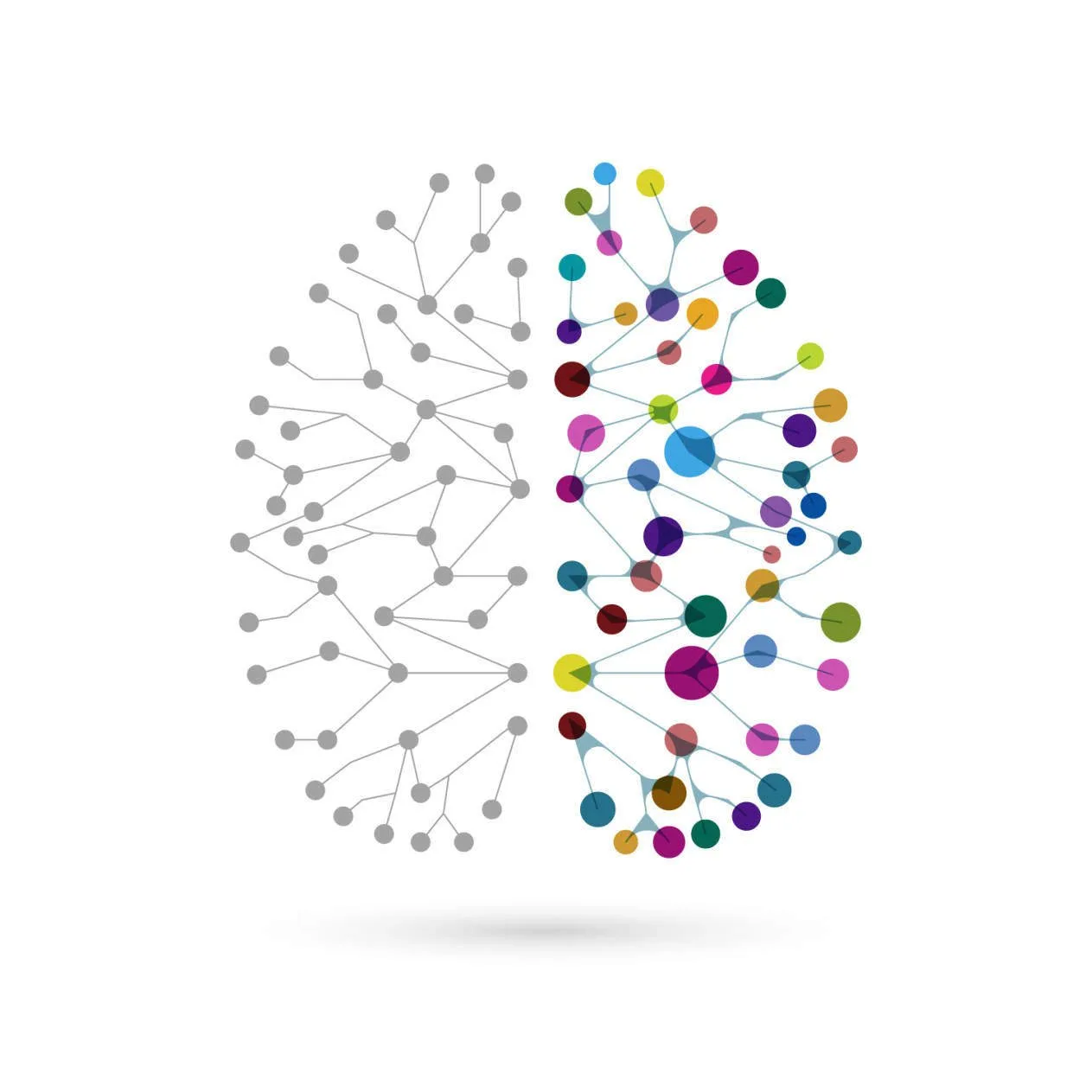
![women [longevity live]](https://longevitylive.com/wp-content/uploads/2020/01/photo-of-women-walking-down-the-street-1116984-100x100.jpg)


